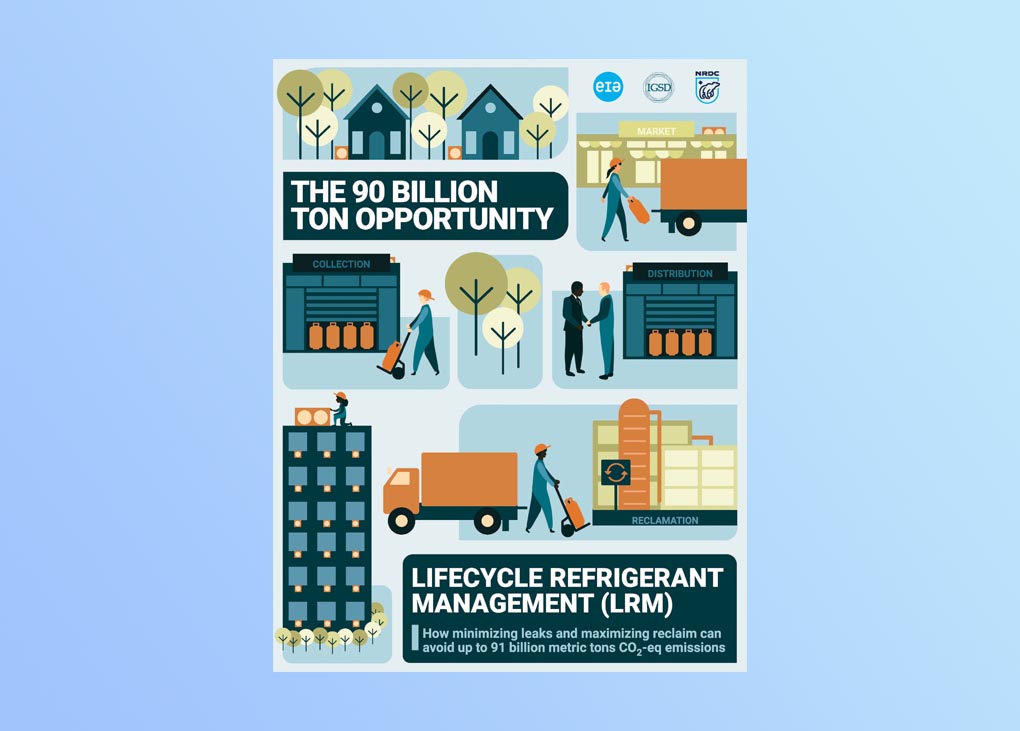Fluorocarbon emissions equivalent to 90 billion tonnes of CO2 could be avoided through minimising refrigerant leaks and maximising recovery and reclamation, according to a new report from US agencies.
The report, The 90 Billion Ton Opportunity: Lifecycle Refrigerant Management, estimates that better life-cycle management can prevent fluorocarbon emissions equal to nearly three full years of global energy-related carbon dioxide emissions.
Christina Theodoridi, Industrial Policy Advocate for the Natural Resources Defense Council and co-author of the report says refrigerant releases are “an invisible climate culprit”.
“Life-cycle refrigerant management provides clear and tangible interventions that can prevent the release of billions of tons of CO2e emissions across the refrigerant value chain to help us stave off the worst impacts of climate change.”
As the world moves to refrigerant gases with a lower global warming potential (GWP) under the Kigali Amendment to the Montreal Protocol, the legacy of old climate- and ozone-damaging gases remains – the report addresses the reuse or disposal of these HCFCs and HFCs. It proposes six “pillars” of life-cycle refrigerant management:
- Enhance product stewardship
- Increase refrigerant recovery, reclaim and reuse
- Leak reduction
- Reporting and enforcement
- Workforce development
- Installation and servicing.
The report was released by the Environmental Investigation Agency (EIA), Institute for Governance and Sustainable Development (IGSD), and Natural Resources Defence Council (NRDC).
The full report and a summary are available at the EIA website.
Photo by Ella Ivanescu on Unsplash.



Leave a Reply